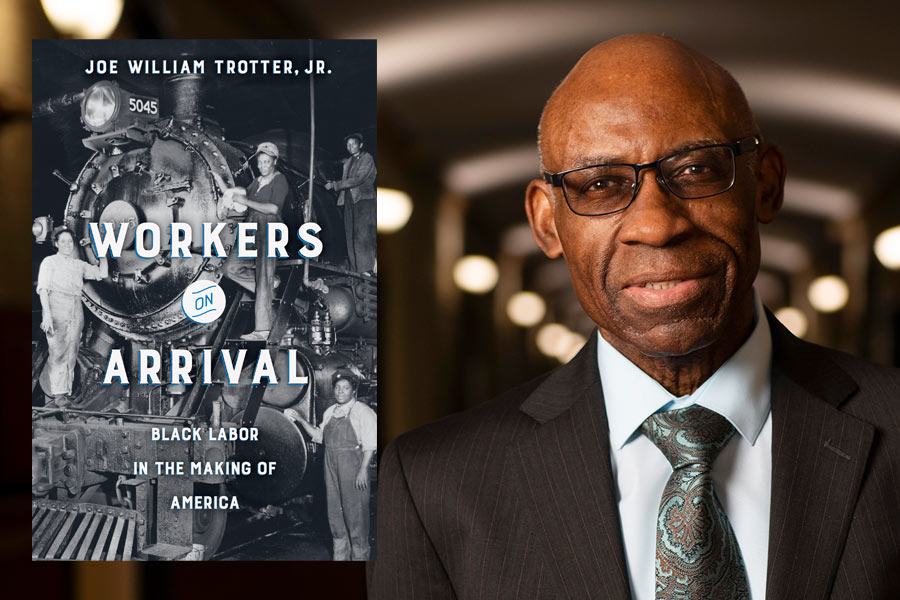
Workers on Arrival: Black Labor in the Making of America
When considering the development of America, the contributions of African Americans are often misunderstood. Carnegie Mellon University’s Joe W. Trotter Jr. traces black workers’ complicated journey in his new book, “Workers on Arrival: Black Labor in the Making of America.”
The book draws upon several generations of African American history that started during the early 20th century. During that time, African American history was just beginning to gain attention.
“I wrote this book, in part, because there are still many misconceptions about black people as workers, especially poor and working-class blacks. There is a sense often that they are takers rather than givers, and that they don’t contribute a great deal or that they are more a liability than they are assets,” said Trotter, the Giant Eagle Professor of History and Social Justice in the Dietrich College of Humanities and Social Sciences’ Department of History.
He continued, “My book is an effort to show that poor and working-class blacks have been contributors to the nation’s wealth and development over many, many centuries of time. I wrote this book, in part, to celebrate the labor of people at the bottom of the economic scale — the way that we should appreciate that labor and to begin thinking about the tremendous barriers that they encountered in making those contributions. It was hard work.”
Trotter puts true experiences of working African American men and women at the center of the story to expand understanding of America’s economic and industrial growth, including its cities, ideas and institutions, and the real challenges confronting black urban communities today.
“What I try to do in this book is to show that African American people were part of the first city building process, so that from the transatlantic slave trade to present time, African Americans were part of the development of American cities,” Trotter said.
Split into two parts, the book covers both the preindustrial beginning of African American workers and their impact in the 20th century.
“This spells out how African Americans started off as what some might call the least urbanized people in America and by the late 20th century ended up as the most urbanized people in America,” Trotter said.
Ultimately, Trotter would like readers to use the book to consider African Americans’ contributions to the modern-day workforce.
“African American people are still working people. They’re still working even if they are working in a different environment. They’re working in low wage service jobs, in hospitals, restaurants, hotels, all kinds of general labor, all types of jobs in construction. They’re still doing hard work,” Trotter said. “We have to be able to envision black people as workers, even in a moment in which the high tech, heavily computerized, professional industries are coming forward, and blacks are not fully integrated into those industries.”
Trotter is the director and founder of CMU’s Center for Africanamerican Urban Studies and the Economy (CAUSE), an interdisciplinary research and education center focused on African American urban life and history since the transatlantic slave trade.
“Workers on Arrival: Black Labor in the Making of America” is published by the University of California Press and endowed by the George Gund Foundation Imprint in African American Studies.